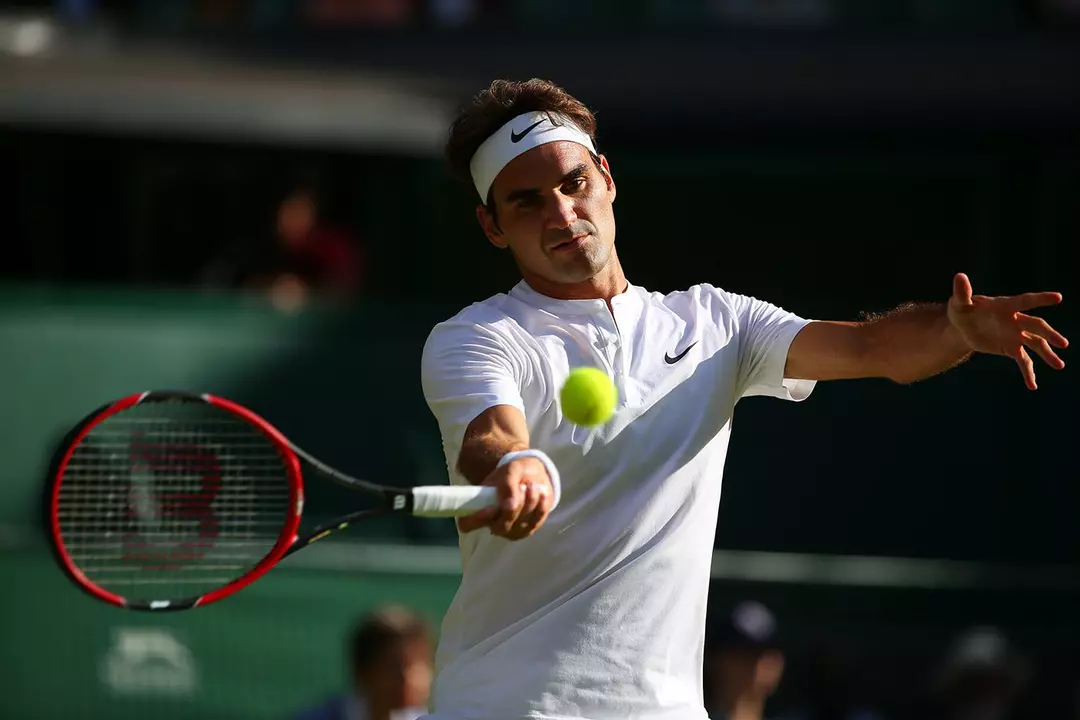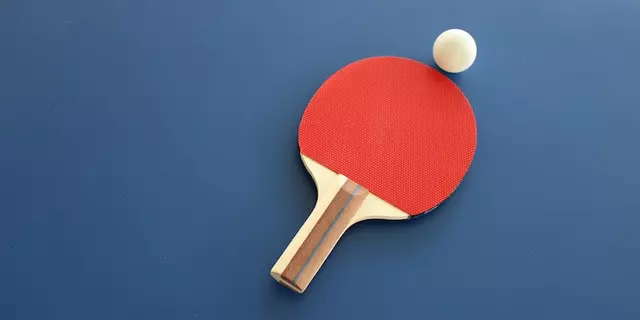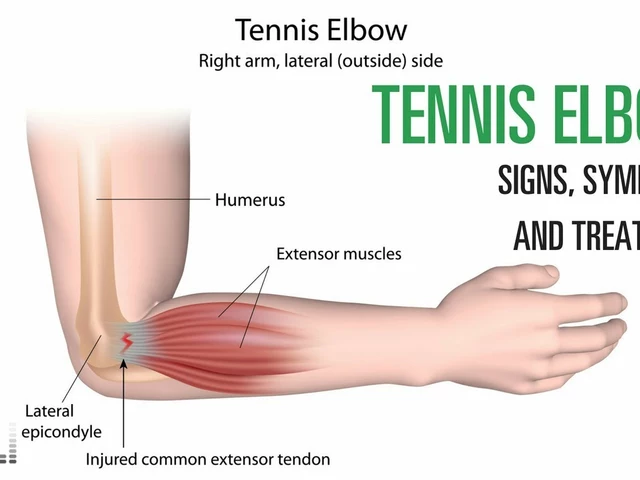
Introduction
As a tennis enthusiast, I often find myself in heated debates about who is the true "Greatest of All Time" (GOAT) in men's tennis. While Roger Federer has undoubtedly carved out a significant place in tennis history, there is always a lingering question - who comes second to him as the GOAT? In this article, we will explore several potential candidates who could be considered the second greatest male tennis player of all time. So, let's dive in and analyze the strengths and achievements of these amazing athletes.
Rafael Nadal: The King of Clay
When discussing the greatest male tennis players, it's impossible not to mention Rafael Nadal. With a whopping 20 Grand Slam titles to his name, Nadal's incredible achievements on the tennis court make him a strong contender for the second greatest player of all time. His unmatched dominance on clay courts, earning him the nickname "The King of Clay," has led to an astounding 13 French Open titles - a record that is unlikely to be broken anytime soon.
Furthermore, Nadal's relentless work ethic, incredible athleticism, and humble demeanor have endeared him to tennis fans across the globe. His epic rivalry with Federer has produced some of the most memorable matches in tennis history, with each player pushing the other to new heights. While many will argue that Nadal is the true GOAT, his impressive accomplishments undoubtedly make him a worthy candidate for the second greatest male tennis player of all time.
Novak Djokovic: The Serbinator
Another tennis titan who cannot be ignored in the GOAT conversation is Novak Djokovic. With 20 Grand Slam titles under his belt, Djokovic has proved time and time again that he is a force to be reckoned with on the court. His incredible flexibility, pinpoint accuracy, and enduring stamina have allowed him to dominate opponents in every aspect of the game.
One of Djokovic's most notable achievements is holding all four Grand Slam titles simultaneously - a feat only achieved by two other players in history. His remarkable consistency over the years has allowed him to spend over 340 weeks as the world number one, a testament to his unwavering dedication to excellence. As Djokovic continues to break records and accumulate titles, he makes a compelling case for being second only to Federer in the GOAT debate.
Andre Agassi: The Ultimate Showman
Andre Agassi's illustrious career in the world of tennis spanned over two decades, during which time he captured eight Grand Slam titles and held the world number one ranking for a total of 101 weeks. Known for his flamboyant style and powerful groundstrokes, Agassi was a fan favorite on the tennis circuit.
What sets Agassi apart from other contenders for the title of the second greatest male tennis player is his remarkable career comeback. After struggling with injuries and personal issues, Agassi made a triumphant return to the top of the tennis world, winning multiple Grand Slam titles and reaching the number one ranking once again. His ability to overcome adversity and achieve incredible success on the court makes Agassi a truly inspiring figure in tennis history.
Pete Sampras: The King of Swing
Prior to the rise of Federer, Nadal, and Djokovic, Pete Sampras was widely considered the GOAT in men's tennis. With 14 Grand Slam titles and a record six consecutive year-end world number one rankings, Sampras's dominance in the 1990s is hard to ignore. His powerful serve and volley game made him a formidable opponent on all surfaces, particularly on grass courts where he won seven Wimbledon titles.
While Sampras's achievements may have been eclipsed by the current Big Three, his impact on the sport of tennis cannot be overstated. As a pioneer of the modern game, Sampras paved the way for future generations of tennis players and remains an icon in the sport.
Rod Laver: The Rocket
Rod Laver's place in tennis history is cemented by his extraordinary accomplishment of winning two calendar-year Grand Slams, in 1962 and 1969 - a record that still stands today. Laver's incredible versatility on all surfaces and his aggressive style of play made him a force to be reckoned with during his era. With a total of 11 Grand Slam titles, Laver's achievements are even more impressive considering the limited number of opportunities he had to compete in Grand Slam tournaments due to the tennis calendar at the time.
Despite the passage of time and the emergence of new tennis legends, Rod Laver's name remains synonymous with greatness in the tennis world. His unique achievements and lasting legacy make him a strong contender for the title of the second greatest male tennis player of all time.
Bjorn Borg: Ice Man
Bjorn Borg's meteoric rise to tennis stardom in the 1970s and early 1980s left an indelible mark on the sport. With 11 Grand Slam titles and an incredible 89.81% winning percentage at Grand Slam tournaments, Borg's dominance on both clay and grass courts was unparalleled in his era. His calm and composed demeanor on the court earned him the nickname "Ice Man," as he seemed impervious to pressure even in the most intense situations.
While Borg's career was relatively short-lived, his impact on the sport of tennis is undeniable. His epic battles with rivals such as John McEnroe and Jimmy Connors captivated tennis fans around the world, and his enduring influence on the sport makes him a worthy candidate for the title of the second greatest male tennis player of all time.
Conclusion
In conclusion, determining the second greatest male tennis player of all time is no easy task. Each of the players mentioned above has made a significant impact on the sport of tennis and has a unique set of accomplishments that could qualify them for the title. Ultimately, personal preferences and biases will likely influence one's choice, but one thing is certain - the world of tennis has been graced with some truly exceptional athletes who have elevated the sport to new heights. Whether you believe it's Nadal, Djokovic, Agassi, Sampras, Laver, or Borg who comes second to Federer as the GOAT, there's no denying that these players have left an indelible mark on tennis history.



